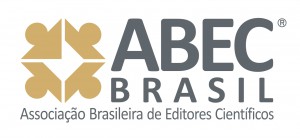Biohazards in the final steps of the medication system in urgent and emergency care sectors
DOI:
https://doi.org/10.5216/ree.v16i3.27436Keywords:
Universal Precautions, Nursing, Team, Occupational Exposure, Exposure to Biological Agents, Emergency NursingAbstract
The objective of the present study was to identify and analyze hazardous behaviors related to exposure to biological material for nursing professionals and users during the preparation and administration of medication in urgent and emergency services. It was an exploratory cross-sectional study, conducted in three large public hospitals. After receiving approval from the ethics committees, data were collected through direct observation, using a checklist. The sample comprised 130 nursing professionals. We observed 292 medication preparation and administration procedures. Of all the hazardous behaviors observed, the most prevalent were improper management of hospital waste, breaking the aseptic chain, recapping needles, low adherence to protective items, and hand washing errors. The hazardous behaviors found in our study compromise the health of workers and users and can help guide professionals in creating intervention strategies capable of modifying this reality.
doi: 10.5216/ree.v16i3.27436.













